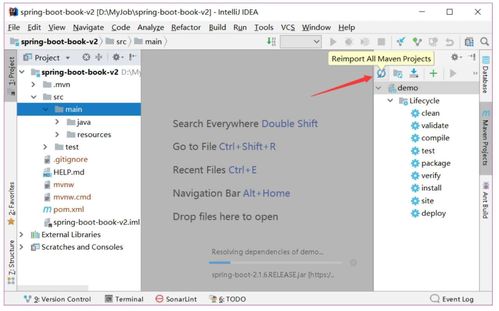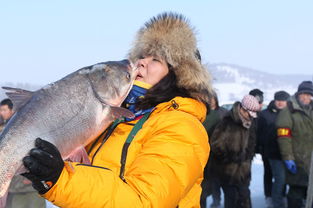As the first breath of spring fills the air, anglers across the globe start to gear up for the annual ritual of spring fishing. The arrival of warmer temperatures and the return of fish to their spawning grounds creates an opportunity for some of the most productive fishing of the year. However, to capitalize on this prime time for fishing, it's essential to understand the spring fishing techniques and how to properly prepare your bait. In this article, we'll delve into the art of spring fishing and offer valuable tips on how to perfectly match your bait to the conditions.

Understanding Spring Fishing Dynamics
Spring is a time of transition in the aquatic ecosystem. Fish, especially species like bass, walleye, and trout, begin to migrate to their spawning beds. This movement can make them more aggressive and easier to catch, but it also means they may be in different locations and feeding patterns than they were during the winter months.
Choosing the Right Bait
Live Bait vs. Artificial Lures
- Live Bait: Live bait, such as worms, crickets, minnows, or leeches, can be highly effective, especially when fish are actively feeding on natural prey. The key is to choose the right type of live bait based on the species you're targeting and the conditions.
- Artificial Lures: Artificial lures offer the advantage of being more versatile and durable. They can mimic the movement of various prey species and can be used in a wide range of conditions.
Matching the Habitat
Consider the type of water body you're fishing and the specific areas where fish are likely to be. For example, if you're fishing a river, look for slower, deeper pools where fish might congregate. In a lake, target weed beds, drop-offs, or areas with cover.
Seasonal Preferences
In spring, fish often feed on smaller forage species. Using smaller lures or live bait that imitate these forage fish can be more effective. For example, a small plastic worm or a tiny minnow-like lure can trigger strikes.
How to Prepare Your Bait
Live Bait Preparation
- Worms: Rigging a worm can vary depending on the species you're targeting. For bass, a Carolina rig with a weight and a Texas rig with a slider are popular choices. For panfish, a simple hook and worm rig often works best.
- Minnows and Leeches: These can be fished on a variety of rigs, from a simple split-shot rig to a more complex jig and minnow rig.
Artificial Lures Preparation
- Soft Plastics: These can be cut, clipped, or weighted to achieve the desired action. Experiment with different shapes and sizes to see what the fish prefer.
- Metal Lures: Trolling or casting with metal lures can be effective, especially when fishing for species like trout or walleye. Ensure your hooks are sharp and your line is taut to avoid snags.
Perfecting the Bait Presentation
Timing is Key
Fish in spring are often most active during the early morning or late afternoon. During these times, your bait presentation is more likely to trigger a strike.
Rigging and Lure Action
Pay attention to the way you rig your bait or present your lure. A slow, steady retrieve can mimic the movement of real prey, while a erratic, twitchy action can attract fish's attention.
Adjust as Needed
Be prepared to make adjustments on the fly. If you're not getting bites, try changing your bait type, color, size, or presentation style.
Conclusion
Spring fishing can be a rewarding experience for anglers who are prepared and equipped with the right techniques. By understanding the spring fishing dynamics, choosing the appropriate bait, and mastering the art of bait presentation, you'll be well on your way to catching more fish during this prime fishing season. Remember, the key to success lies in adapting to the conditions and being patient, as the fish are just as eager to spawn as you are to catch them. Happy fishing!












